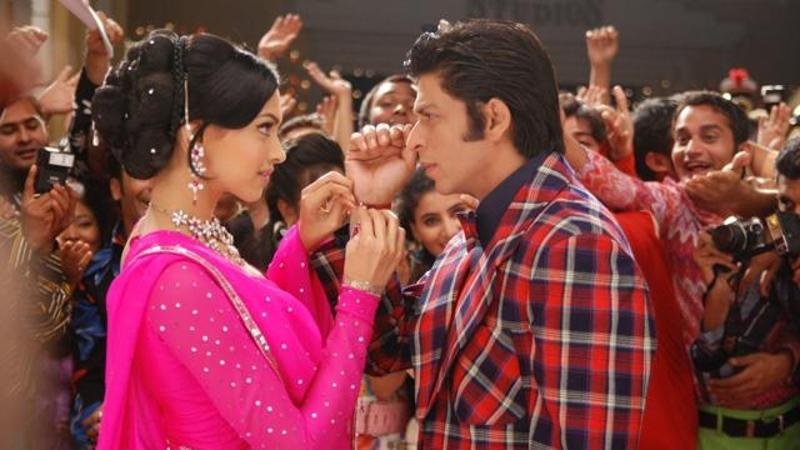Era
Prime VIP

Abandoned for the last one year in California, a massive collection of contemporary Indian cinema have found home in America’s George Eastman Museum. The collection of 775 prints representing 597 film titles, all in 35mm format, made between 1999 and 2013, constitutes the world’s largest collection of contemporary Indian cinema held by a museum or film archive.
While the collection has Hindi films by acclaimed directors such as Mani Ratnam, Ashutosh Gowariker, Anurag Kashyap, Nagesh Kukunoor, and Sanjay Leela Bhansali, there are also Malayalam, Punjabi, Tamil, and Telugu productions. The languages represented in these films include Assamese, Bengali, Gujarati, Hindi, Kannada, Malayalam, Marathi, Punjabi, Tamil, Telugu, and Urdu . In addition, about 6,000 film posters were acquired as part of the collection.

How the museum came to acquire the collection also makes for an interesting story. In late 2014, this major collection of Indian films was discovered in an abandoned multiplex. The prints had been shipped from India for release in specialised theatres in the United States. Unable to convert to digital projection, the multiplex abruptly closed in August 2013, and all of the release prints, posters, and projection equipment were left behind. To save the prints from destruction – the multiplex was razed in 2015 -- archivist of the Hugh M Hefner Moving Image Archive at the University of Southern California, School of Cinematic Arts, alerted the museum.
“When we discovered these prints, we knew they would have a good home here,” said Paolo Cherchi Usai, senior curator, Moving Image Department, George Eastman Museum. “As part of our museum’s collection, they will be an invaluable resource for exhibition and scholarly research in Indian cinema.”
Indian film studios are not actively preserving their prints after theatrical and home video release—leaving many titles lost after their initial premiere. “There is a grave risk that many important Indian titles may be lost, just as a vast number of early American and European films are no longer extant,” said Bruce Barnes, Ron and Donna Fielding Director, George Eastman Museum. “The George Eastman Museum is committed to preserving, studying, and exhibiting these Indian films, as well as making them available for scholarly study and for exhibition by other film archives around the world.”
George Eastman Museum, which houses 28,000films as well as photographs and books related to photography and cinema, has also contributed in the fields of film preservation.
Here’s what some Bollywood biggies had to say about the step taken:
Mahesh Bhatt, director
This huge American data base of films is a fantastic move to put the spotlight on the Indian entertainment industry. It’s always good to have such archives that celebrate the essence of Indian cinema and cinema in general. It’s like keeping our cinematic legacy alive. As human race, we all share similar kind of interests and cinema is something that we’ll enjoy. Needless to say that historians will also benefit from such archives. It’s the celebration of the art of filmmaking.
Sudhir Mishra, director
It’s a good thing, a great service to the film fraternity. It’s something that is greatly required. Filmmakers put their heart and soul into their films and thus their films deserve to be preserved, no? It’s a welcome step like the way they have Cinematheque in France. What’s better than preserving a memory?
Onir, director
See, India is the largest film producer in the world and thus it’s important to come up with such plans. Archiving films is like documenting a particular time period in history. Also, it’s not just about archiving negatives but also the cameras and other tools involved in the process of filmmaking. These are the things that we need while writing the history of cinema. It’s a good move as sometimes low budget filmmakers find it difficult to preserve their work.
